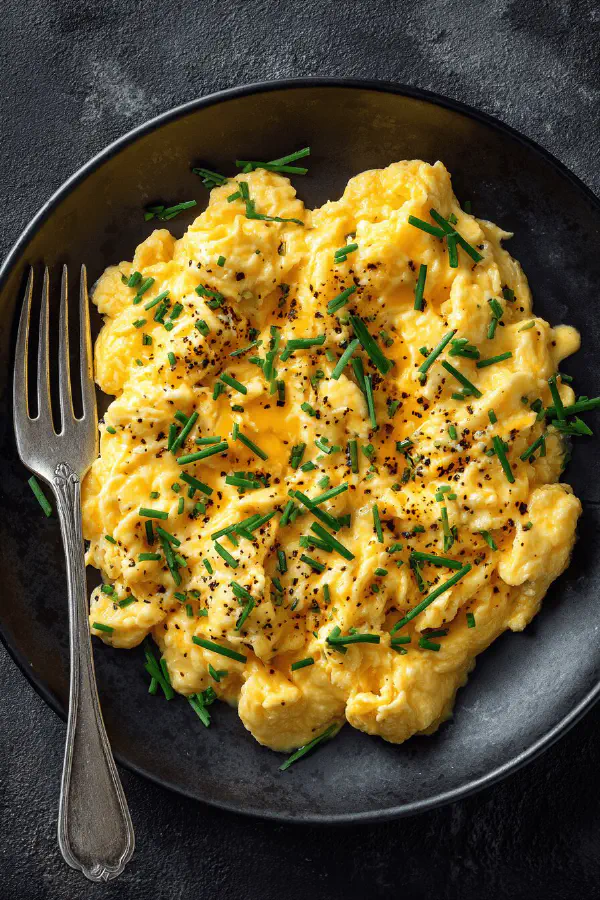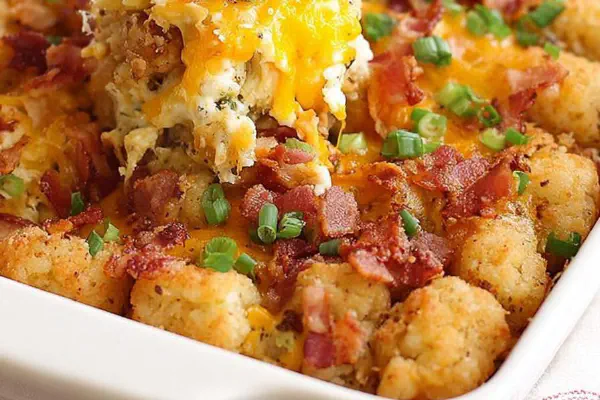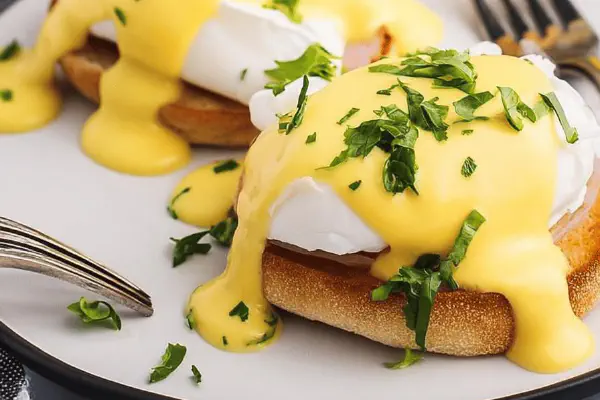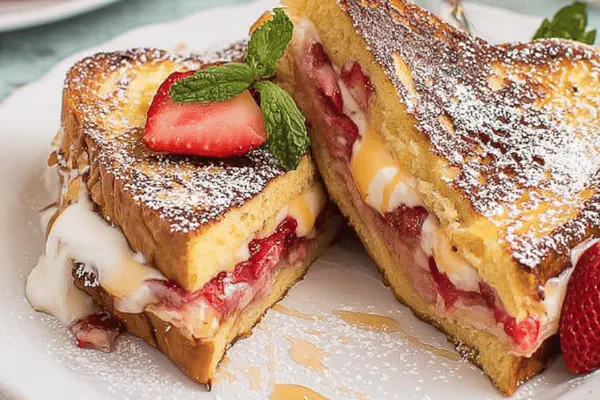Featured Recipe
Creamy Soft Scramble

By Kate
"
Use 9 eggs swapped with 80 ml whole milk and 45 ml half-and-half cream. Butter swaps a touch for olive oil. Cook slow over low heat, stirring almost constant, 18 to 22 minutes. End when eggs hold slight gloss, not dry. Salt and pepper adjusted near finish. Substitute half cow’s milk for cream to keep richness but lighten. Avoid high heat or rapid scrambling—it scorches, loses that soft texture. If no nonstick pan, use well-seasoned cast iron, lower fat amount. Add fresh chives for brightness or grated aged cheese for umami twist. Sounds: gentle sizzle, faint bubbling. Texture: creamy, small curds forming steadily. Visually cues: no liquid pool, curds loosely held but not scrambled stiff. Remove heat early; eggs keep cooking off-pan.
"
Prep:
15 min
Cook:
23 min
Total:
38 min
Serves:
4 to 6 servings
breakfast
French cuisine
eggs
low and slow
comfort food
Introduction
Eggs demand respect. Fast and furious heat kills moisture, turns creamy scramble into rubber band. Slow grind is key here. 9 eggs, less cream than usual. Substitute milk to lighten but keep silk. Olive oil softens edges more than butter’s sharpness but either works. Frequent scraping stops scorching, keeps curds tender. You want small, creamy curds that almost melt but still hold form. Salt late or eggs weep water. Learn to watch bubbles—not impatient timer. Gloss means done. Overcook and eggs tighten and dry. Toss in chives or aged cheddar for layered flavor. Take it slow, feel the gentle sizzle and aroma. Eggs reward patience. Saucepan choice matters—heavy pan holds steady temp better. Cast iron or good nonstick. Scramble like a pro: low heat, slow stir, finish off-heat.
Ingredients
About the ingredients
Eggs are star. Freshness affects flavor and texture wildly. Use whole milk instead of cream to reduce saturated fat—half-and-half if cream is too rich or unavailable. Olive oil lends buttery-smoothness without burning as easily as butter. Butter’s richness comes with risk of browning too fast. Salt later to keep eggs tender; early salt breaks proteins releasing water, turning scramble watery. Optional chives add vegetal brightness; aged cheddar brings umami depth but adjust salt accordingly. If fear burning pan, use heavy-bottomed cast iron or quality nonstick; avoid aluminum pans that heat unevenly causing hot spots. Tools matter. Whisk thoroughly first for uniform mix; spatula type affects curd size. Wooden utensils preserve pan coating better than metal.
Method
Technique Tips
Slow heat, slow stir. Critical. Start low so eggs barely simmer. Too high and bottom scorches, eggs dry out fast. Stirring often but gently—not frantic—breaks curds to uniform size and stops overcooking spots. Use a wooden spoon or soft silicone spatula; whisking during cooking is counterproductive. Watch surface closely: bubbles form at edges first, small curds gather around spatula. When curds form but moisture remains, gently fold mixture instead of aggressive stirring. Glossy look means eggs still soft inside. Remove pan before eggs look set; residual heat finishes cooking. Taste test for salt near end, adjust gradually. Rest covered 30 seconds post-cooking to settle texture. Chives or cheese must go late to preserve texture and flavor, melted gently. Scramble converts fastest protein; patience makes difference between rubber and velvet.
Chef's Notes
- 💡 Egg freshness matters a lot. Farm-fresh eggs—better flavor. If not, even grocery eggs work; same technique. Texture shifts with age.
- 💡 Milk variety changes texture. Whole milk is richer, half-and-half for creaminess without overload. Swap according to preference and health.
- 💡 Use a heavy-bottomed nonstick or seasoned cast iron. Aluminum heats unevenly; a good pan holds temperature; prevents spots. Critical.
- 💡 Patience is big here. Scramble takes time—at least 18 minutes. High heat destroys eggs. Stay low. Stir but not wild—gentle is key.
- 💡 Remove pan before eggs fully set—residual heat does the rest. No need to overcook. Eggs get chewy fast if left too long.
Kitchen Wisdom
Best pan for scrambling?
Nonstick works best, less sticking. Cast iron gives flavor; needs seasoning. Heavy-bottomed pans avoid hotspots.
What if eggs overcook?
Dry texture is tough. You could add a bit of butter or cream to revive moisture a little. Train the eye.
Can I add veggies?
Yes, but only at the end. Too soon makes them watery. Spinach is quick; mushrooms need more time.
Storage suggestions?
Scrambled eggs don’t keep well. Best fresh. If stored, keep in fridge. Reheat gently, with splash milk or cream.



